My dad is an interesting person to say the least, and he’s incredibly intelligent. Alas, he has his quirks like everyone else, and his quirks manifest themselves into only a handful of intense passions. Some of these include baseball, wine, and civil war history. Moving to Northern Virginia relatively recently, my parent’s home is surrounded, almost suffocated, by such history. There are battlefields all over the place, as well as loads of civil war plaques indicating history markers. My dad has pulled the whole family in, and so every summer we’ve made it to a civil war battlefield. This past summer we made our way to the Antietam National Battlefield near Sharpsburg, Maryland.

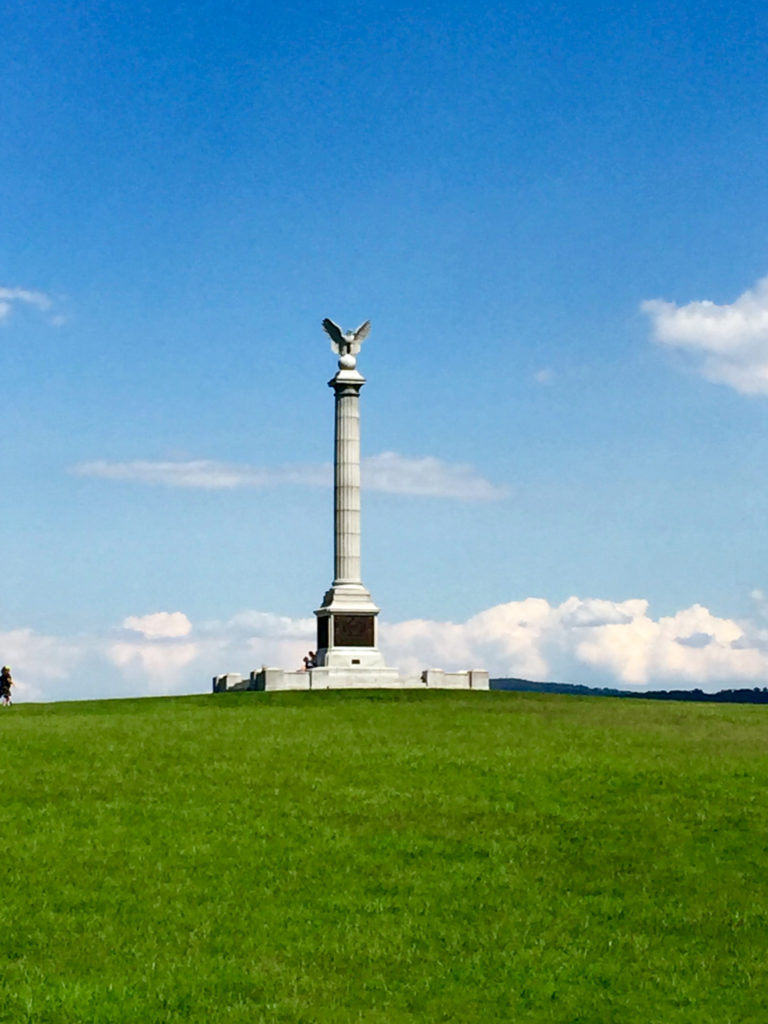 Now, I have my own theories as to why so many Americans are obsessed with the civil war. I mean, we’re talking reenactments that go on for months, and a very established tourism industry. Many Americans have ancestors that fought in the war, and it’s a source of pride for many people. In fact, many of the values fought over in the civil war still resonate today, for both southerners and northerners. You can definitely assume that I’m not into violence or guns or anything of the sort, but it’s interesting to see the history and how people today interact with it.
Now, I have my own theories as to why so many Americans are obsessed with the civil war. I mean, we’re talking reenactments that go on for months, and a very established tourism industry. Many Americans have ancestors that fought in the war, and it’s a source of pride for many people. In fact, many of the values fought over in the civil war still resonate today, for both southerners and northerners. You can definitely assume that I’m not into violence or guns or anything of the sort, but it’s interesting to see the history and how people today interact with it.
Because the US is such a young country, and its foundational history is so recent (as in I know my family members that fought in the Civil War and the Revolutionary War), these events are still very important. People cling to history, culture, language… and Americans have very little to hold on to. Overall, Americans are proud to be American. Becoming American meant being an immigrant at some point, which meant there was a lot of hard work. Americans had to fight for what they believed in and what they wanted and those ideals are very strong amongst the population today. It is an interesting premise, one that I seem to become more fascinated by the more I live outside the US.
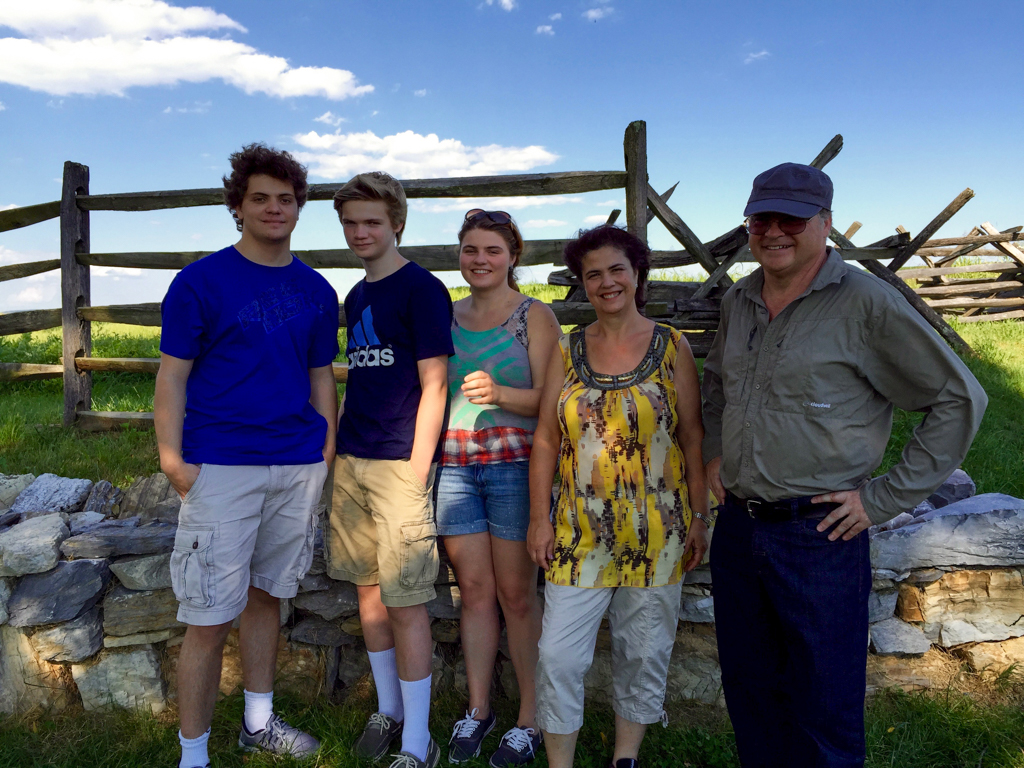 Like all national battlefields, Antietam has a visitor’s center where you can go through a little museum and pick up a map. There’s a driving tour map and it’s easy to follow along. First stop was Dunker Church, where there were a lot Unionist attacks against the Confederates. Inside is a quaint little room with wooden benches with period appropriate decor (ie: nothing on the walls). Across the road is the Maryland Monument, which commemorates all those who participated in the battle.
Like all national battlefields, Antietam has a visitor’s center where you can go through a little museum and pick up a map. There’s a driving tour map and it’s easy to follow along. First stop was Dunker Church, where there were a lot Unionist attacks against the Confederates. Inside is a quaint little room with wooden benches with period appropriate decor (ie: nothing on the walls). Across the road is the Maryland Monument, which commemorates all those who participated in the battle.
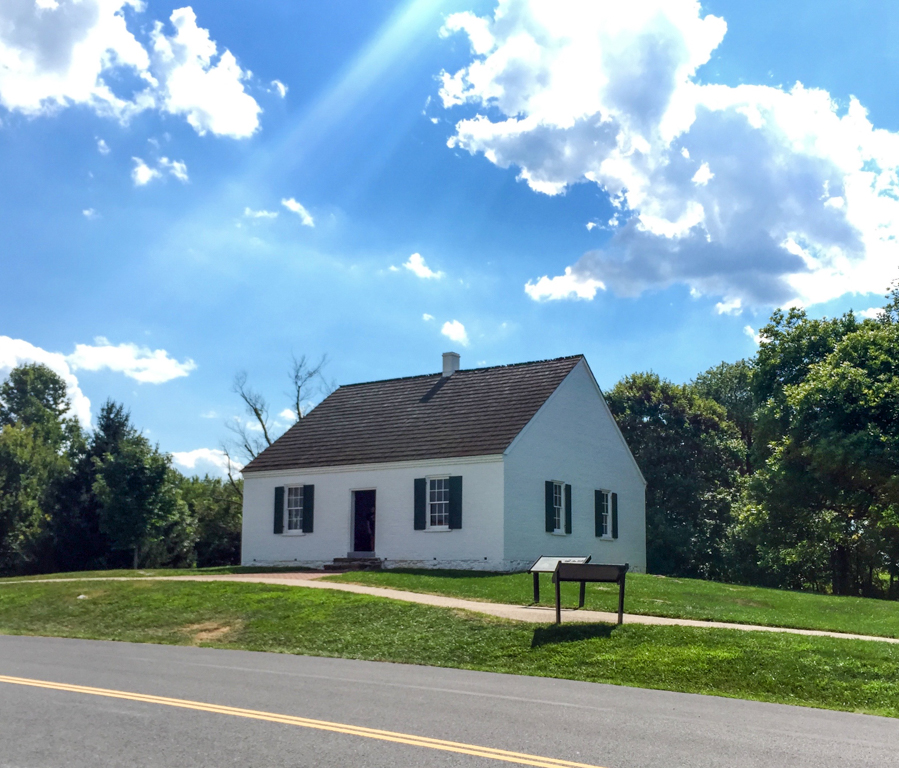
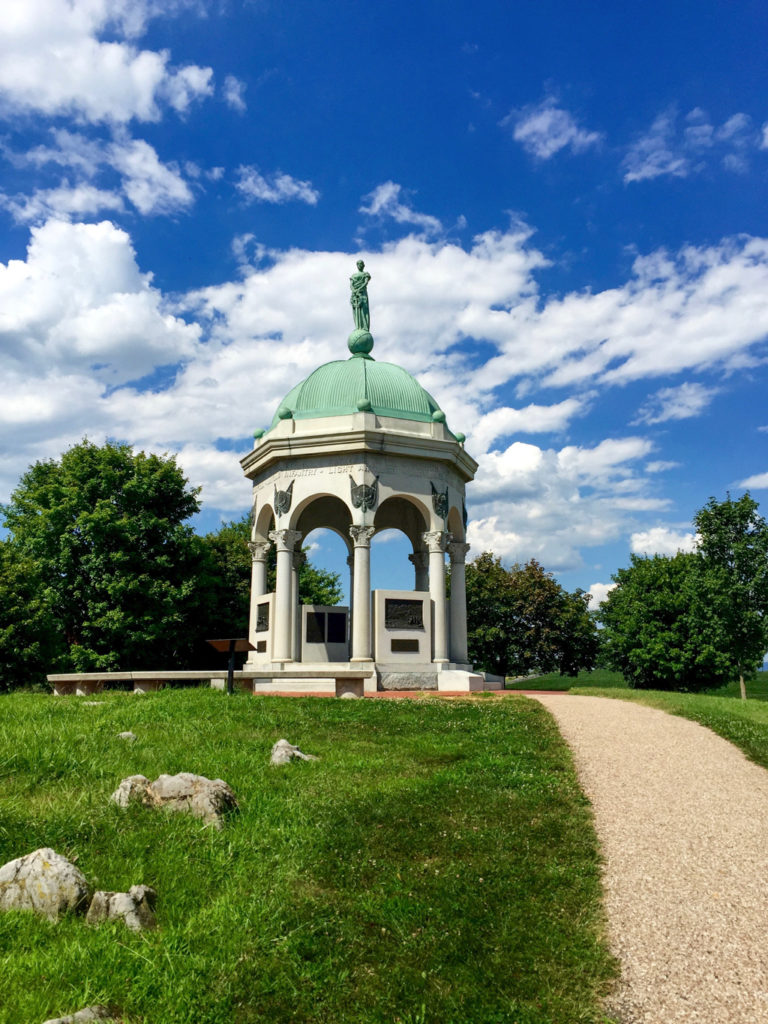 The second stop on the map was Poffenberger Farm. There’s quite a bit of controversy around this spot because the farm didn’t have much of a choice but to house wounded soldiers. Across from the farm is a large cornfield, where a lot of the battle took place. Today, it’s just a beautiful setting.
The second stop on the map was Poffenberger Farm. There’s quite a bit of controversy around this spot because the farm didn’t have much of a choice but to house wounded soldiers. Across from the farm is a large cornfield, where a lot of the battle took place. Today, it’s just a beautiful setting.
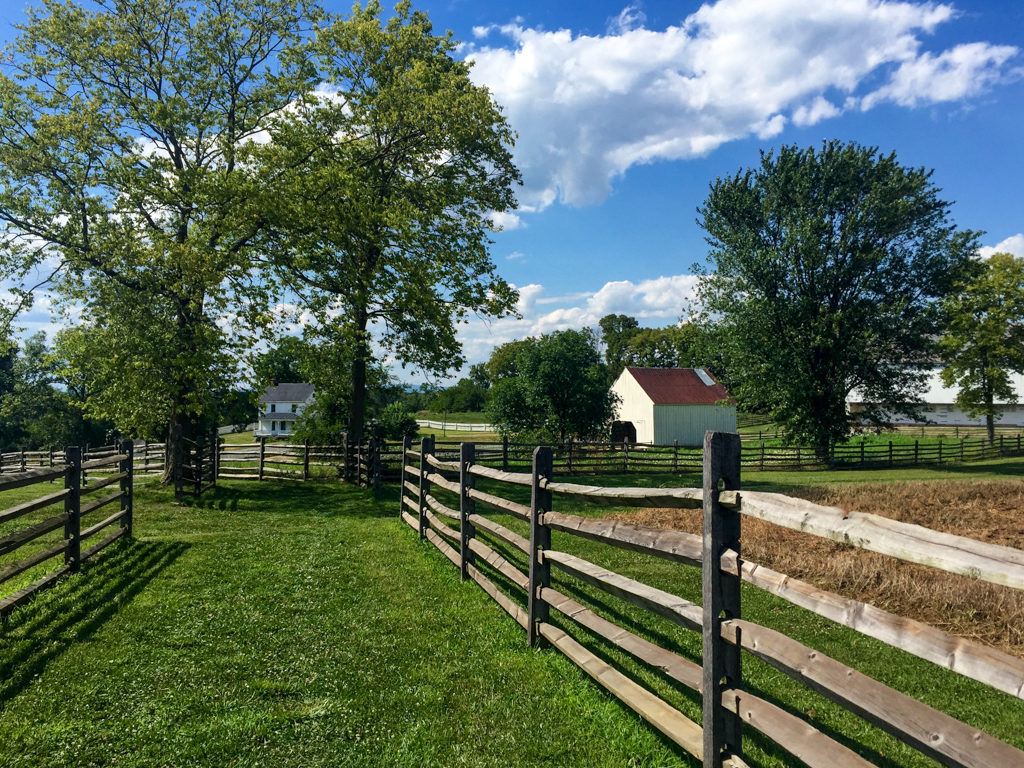
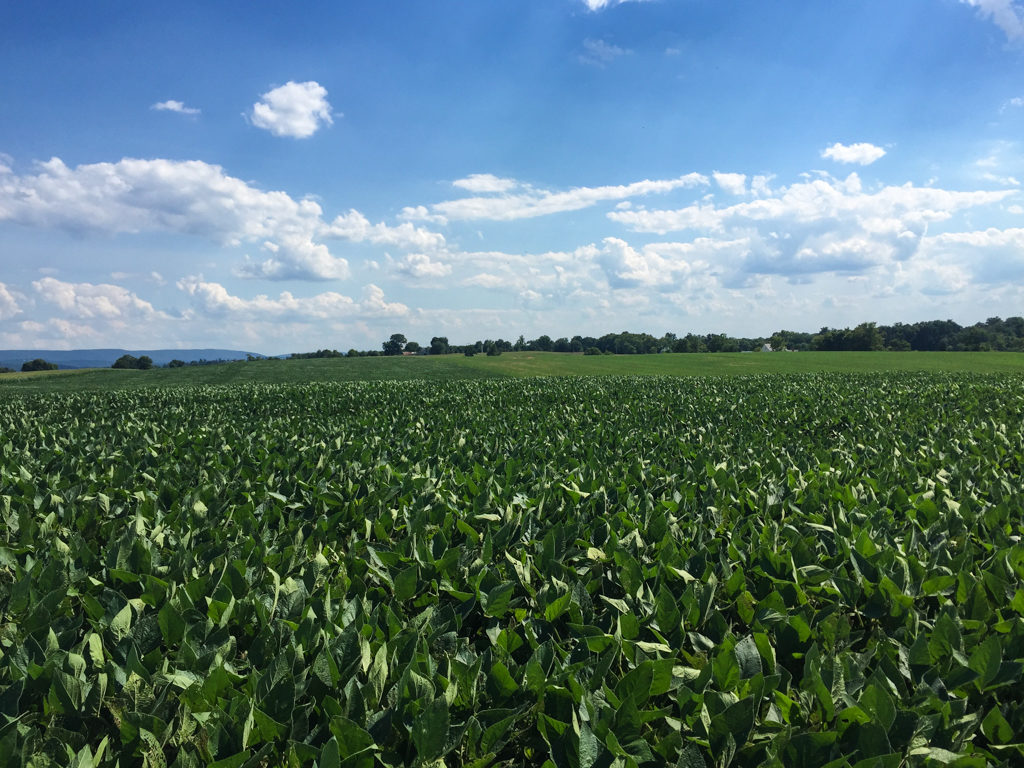
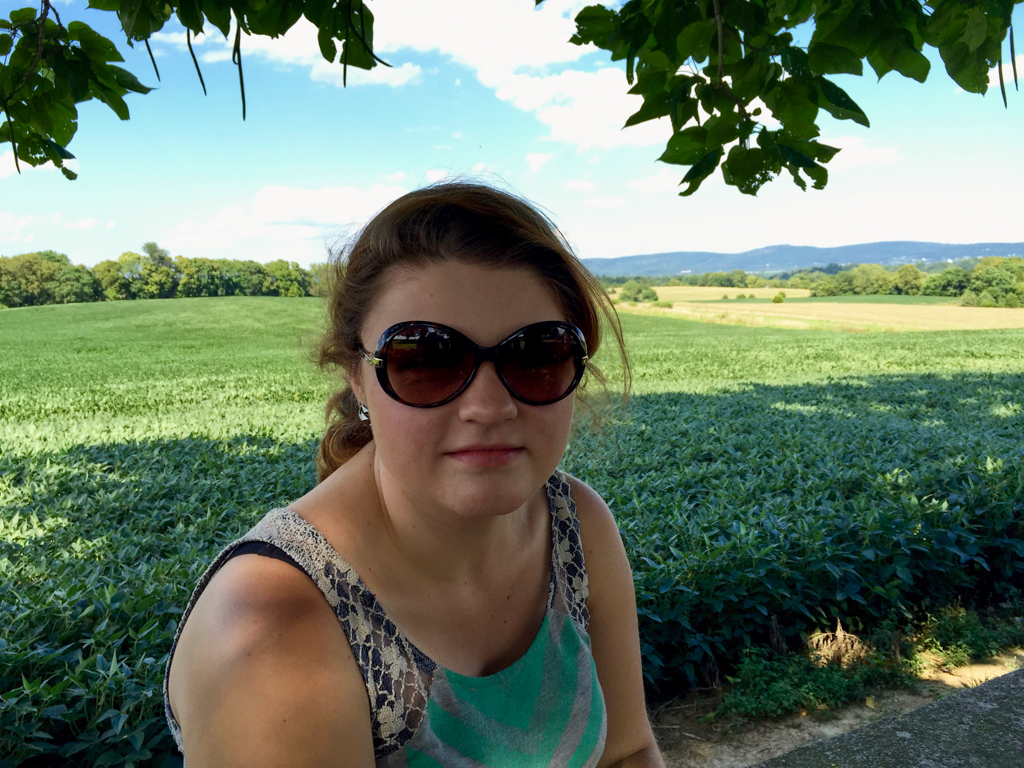 The Sunken Road was originally a roadway for wagons and farmers passing through. Confederate soldiers took advantage of its low position and fighting ensued for hours when the Union soldiers confronted them. In three hours of combat, 5,500 soldiers were killed or wounded and neither side gained a decisive advantage. The Sunken Road was now Bloody Lane.
The Sunken Road was originally a roadway for wagons and farmers passing through. Confederate soldiers took advantage of its low position and fighting ensued for hours when the Union soldiers confronted them. In three hours of combat, 5,500 soldiers were killed or wounded and neither side gained a decisive advantage. The Sunken Road was now Bloody Lane.
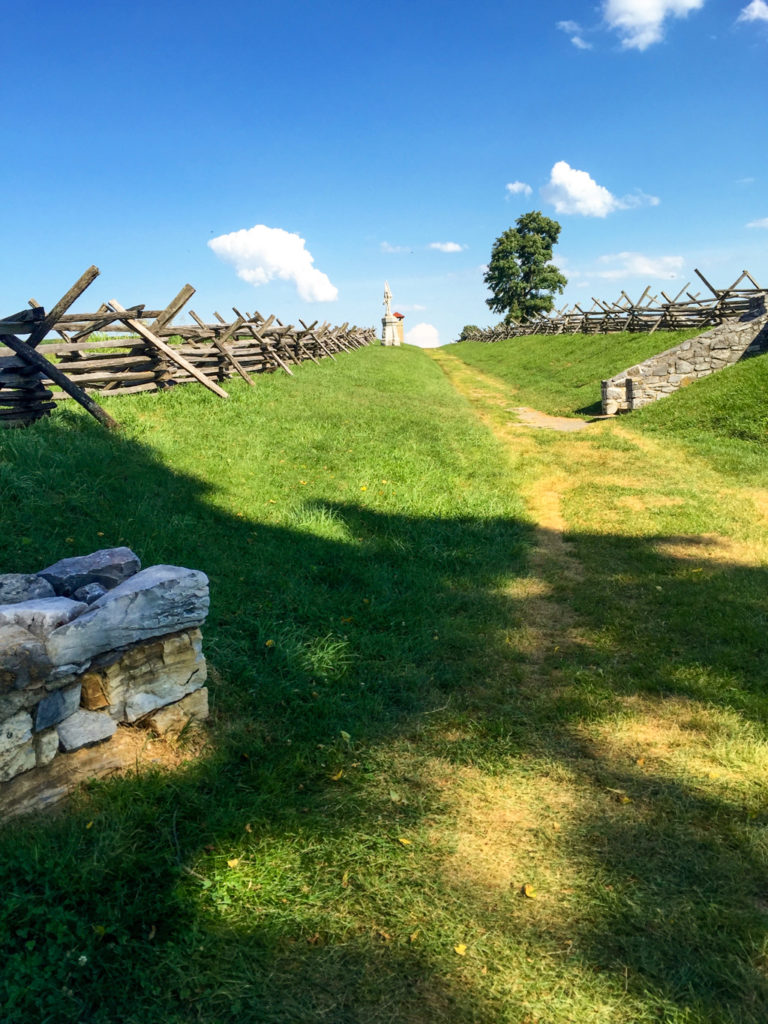 The next stop was Burnside’s Bridge where 500 Confederates prevented Ambrose Burnside’s Federals from crossing the bridge for three hours. It was my favorite stop simply because it was so pretty. It’s amazing that something so terrible happened here 150 years ago. The last stop on the auto tour was the Antietam National Cemetery. It’s also incredible to see everything that led up to Antietam being the bloodiest single-day battle in American history, with a combined tally of 22,717 dead, wounded, or missing.
The next stop was Burnside’s Bridge where 500 Confederates prevented Ambrose Burnside’s Federals from crossing the bridge for three hours. It was my favorite stop simply because it was so pretty. It’s amazing that something so terrible happened here 150 years ago. The last stop on the auto tour was the Antietam National Cemetery. It’s also incredible to see everything that led up to Antietam being the bloodiest single-day battle in American history, with a combined tally of 22,717 dead, wounded, or missing.
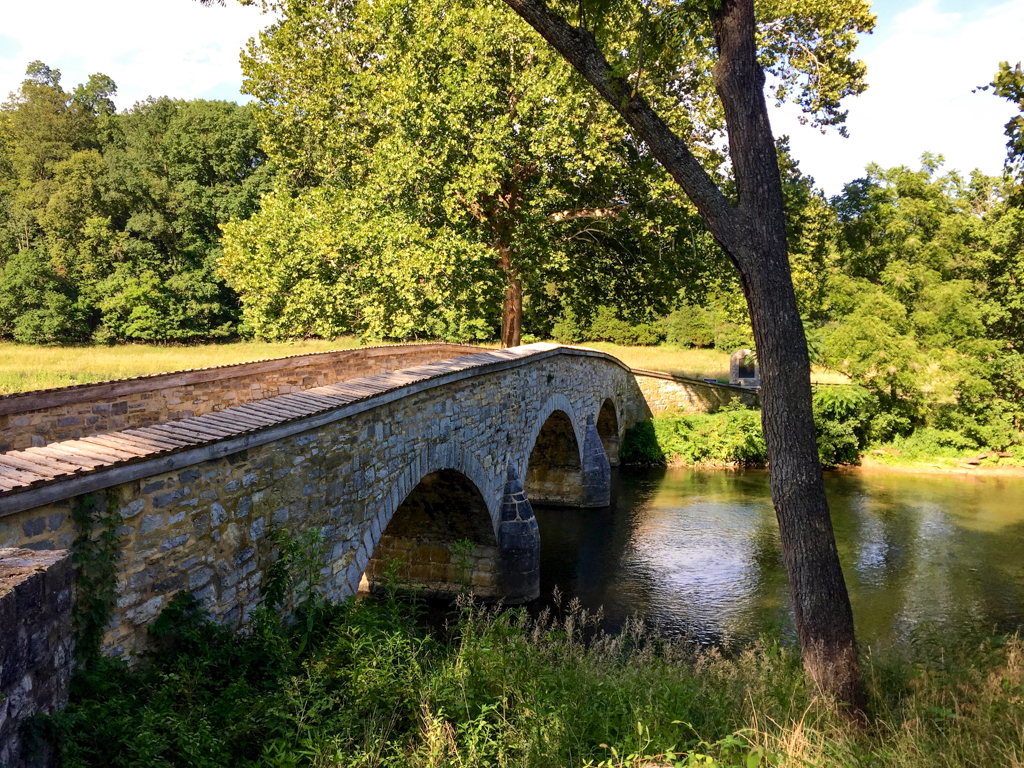 All in all it was a beautiful area to drive through, and at least somehow interesting to investigate. You definitely get to learn a lot about military strategies.
All in all it was a beautiful area to drive through, and at least somehow interesting to investigate. You definitely get to learn a lot about military strategies.
Let’s see what battlefield my family will visit next summer!

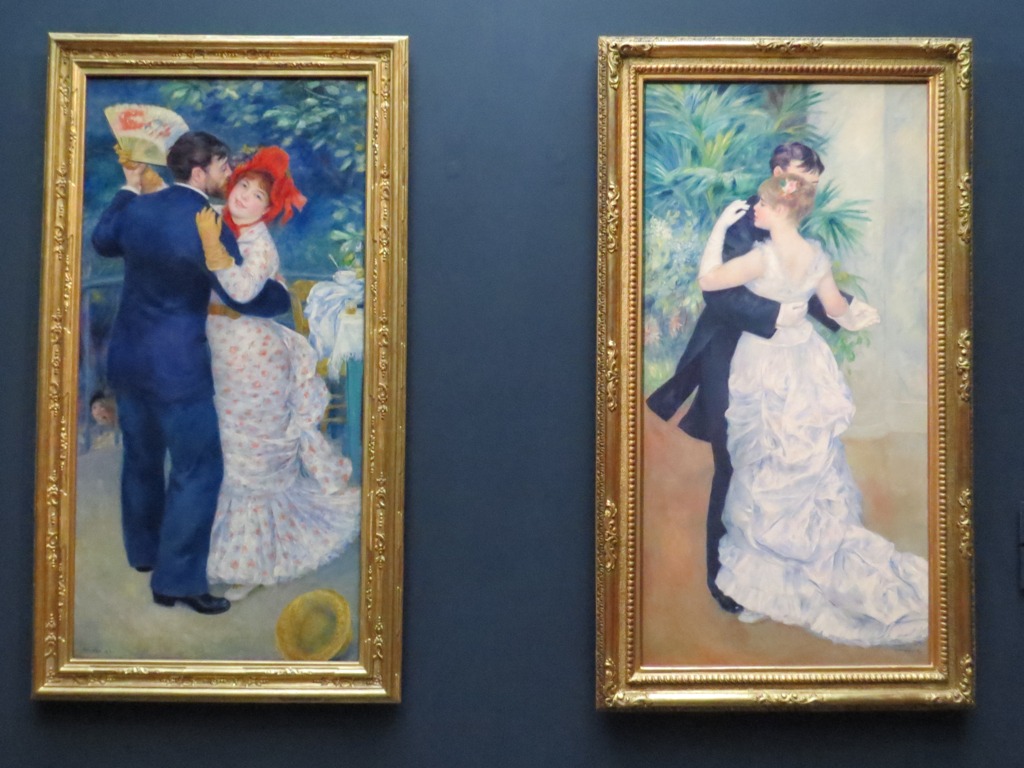


No Comments